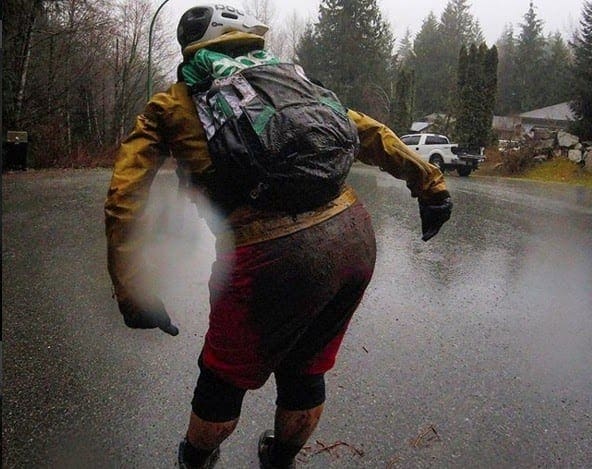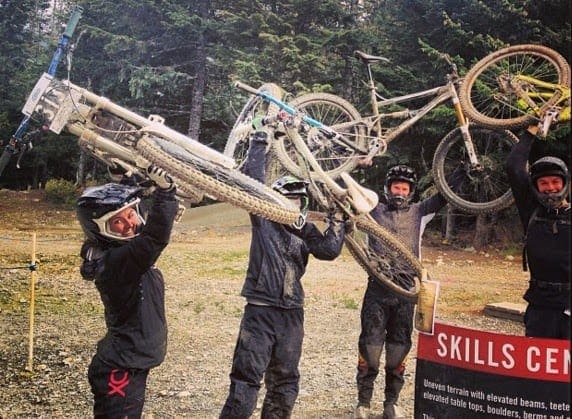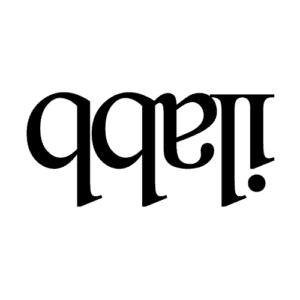Bike season is winding down, but that doesn’t mean you need to say goodbye to the hard miles and effort you’ve put in to get into great bike shape.
Get ready for the winter and come back stronger next season by setting yourself up and having a plan of attack for your off-season training:
Full disclosure – I am not a qualified personal trainer…there are incredible coaches and trainers out there who will give you professional and educated advice that is tailor to your needs. For elite athletes, I’d highly recommend Blueprint Athlete Development .
The following is just from my own experience, training, and learning from friends over the years. Take it only as some guidance for your own off-season training:
Set your goals.
You will always work harder and better if you have something to work towards with your off-season training:
-
Races
This will give you a deadline to work towards. You can also use this deadline to reverse develop a training plan; breaking down the increase in intensity little by little. Races are not all about competition. Your ‘race’ doesn’t need to be a big event, even your local $2 weekly races are a great goal.
-
PRs
It always feels great to beat your last time. Pick a few loops and trails that you regularly ride, note your times on them and aim to beat them next season. It’s a great feeling when you train hard and see the results.
-
Adventures
There is always a lot of prep work for any big adventure, and this should include your physical state. For me it was a biking holiday with my husband at the start of the year. He is a lot stronger then me and I knew I would be chasing him around the New Zealand trails. This was our holiday, I wanted to enjoy every minute of it and not feel like I could have done more training to get into better shape. I didn’t want to ruin it for the both of us by holding him up and being tired and wincing. As a result I kept my self motivated to do that last set by dreaming about the big epics we were going to go on and effortlessly keeping up with my husband the whole time.
-
More than biking
Your goals don’t have to be all about biking and they don’t have to be big – simple small ones all add up to making a difference. For example, if you can’t touch your toes – give yourself a goal to have your hands flat on the floor in 4 weeks. If you can’t do more than 5 push ups, aim to be able to do 5 more than the week before.

Make a plan and be accountable along the way:
This is where having goals will help structure your training and give you a sense of reward when you accomplish them. Make sure you include regular progress check-ins. The more regular results you see, the more motivated you will be.
There are lots of apps and platforms out there to assist with your off-season training, and everyone is different, fitting different needs and goals. I use Training Peaks. I love how easy it is to plan workouts, track my progress and get constant feedback. The measurement I most use is a TSS score and aim to rack up x amount each week, rather than a set amount of time each week.
Tracking and planning what you are doing also helps prevent overtraining and burnout. If you are going to build your own plan and what to learn more see the Training Peaks blog. There is soooo much information here for you to nerd out on, including technique, science, and nutritional information.
So what ‘training’ should you do? Everyone is different but here are some ideas:
-
Cardio.
They hurt, but they work…spin classes. Every gym offers them and they are a great way to keep your pedal fitness up whilst the trail bikes are hung up. Don’t like to share your pool of sweat with others, or want to get away from the gym? Set up a stationary trainer in a well ventilated room in your house with a road bike (we have the basic magnetic trainer and it does us fine for the once a week we are just on it to spin the legs) and most importantly put down a towel! Set up Netflix, choose a good documentary and get pedalling. I also keep a timer going and try to stick to a simple spin workout plan with some sets of intervals. You’d be surprise how easily an hour passes.
Other cardio exercises I use include:
-
Skipping
Getting old school with a Skip Rope – this is also good for reaction training and is good for strengthening your calves and lower arms.
-
Rowing
Good glute, hamstring, and core/lower back workout.
-
Running
Generally a good complement for cyclists and uses slightly different muscles than pedalling.
-
Swimming
Good shoulder and low impact full body workout.
-
-
Cross training.
Make sure you still get your vitamin D hit. All your ‘training’ doesn’t have to be staring at the wall in the gym…boring! For those of you living in the mountains make the most of the beautiful scenery, it’s more motivating:
Try the skinny skis and hitting the cross country trails. Cross-country skiing is a great cardio workout and low impact, plus you can explore and take in some beautiful scenery at speed. Don’t worry if you don’t know what you are doing, it’s pretty easy to pick up and as you learn it’s a really good work out…
Take the bigger planks for a walk, and go tour the back-country – It’s great cardio, good glute workout, and all with the bonus of incredible powder turns.
Not a big skier? Take some snowshoes and head out for a hike. The bike trail network is closed and under a layer of snow, but you can still explore it. Again a great glute workout, with good scenery or if there is less snow or it’s hard packed get some cat trax and go for a run on the trails.
For those with less snow in their landscapes, rug up and hit the road – a nice clear winter day on the road bike with some decent winter layers (head cap, warm gloves, booties and leggings) is liberating.

-
Strength.
Search the internet, and you’ll read lots of suggestions on strengthening for cyclists and you will always find squats and more squats…there is a good reason for this, simply they work.
Lots of cyclists, mostly off-road ones, often have trouble firing their glutes. Working this massive muscle and teaching your body to use it properly will improve your pedal efficiency and make your faster up the hill. This is true for all your leg muscles in general.
Increasing your overall muscle strength will also complement your cardio, helping you stay on the bike longer, and also helping with injury prevention.
-
Flexibility and injury prevention.
Going hand in hand with strengthening is focusing on building and development of efficient muscles and ligaments.
This is where stretching makes the most difference. We all crash, it’s part of mountain biking. When you crash you are likely to over extend some joint or ligament. Help your body parts out by making them more supple and flexible, so when you do hit the deck you can extend further and have the strength to protect your bones and joints before they go snap.
Here are a few Youtube videos/channels that I use:
Yoga with Adriene
Sarah Beth Yoga
Pilates -
Imbalances, injuries and fixing the problems.
The off-season is a great time to work on all those niggles and ailments that you felt all summer long but never had time to do anything about. It’s also a good time to go back to basics and build a strong base.
Visit your Physiotherapist. You don’t need to wait until you are too injured to ride to go see a physiotherapist. A proactive approach to imbalances and old injuries can increase your efficiency on your bike. Armed with the knowledge and exercises from your physiotherapist you can work on those problems and become a lot stronger through your off-season training. If you maintain the same fitness and strength, these improvements alone will make you a stronger rider. I’d highly recommend the Redcord Neurac technique to get a good understanding and the base line of your strengths, weaknesses, and imbalances.
-
Not just your physical game.
Taking time off your bike will dull your ‘bike’ reactions. Keep your reactions and hand-eye coordination sharp with training too.
For me this includes:
- Simply throwing a tennis ball at the wall and catching it different ways i.e. with one hand, overhead, head height to knee high.
- Playing Squash and/or tennis and learning tricks.
- Learning to Juggling.
- Playing a catch with yourself: Simply throwing a baseball up in the air repeatedly and catch it.
- Doing keepy up-ys with a soccer ball.
This also is an opportunity to improve your techniques – for example, whilst on your stationary bike, it’s a good time to learn proper and efficient pedalling techniques.
As I mentioned at the start, this is just guide. To ensure you learn and use good technique, and don’t damage yourself, it is always best to get some good coaching on your foundations.
If you have no clue, hire a personal trainer or coach. They are worth the money to make sure you make the most of your training.
Happy off-season training! See you on the trail soon!


















